What is the variety of Pacamara coffee? Introduction to the flavor characteristics of El Salvador Pacamara coffee beans
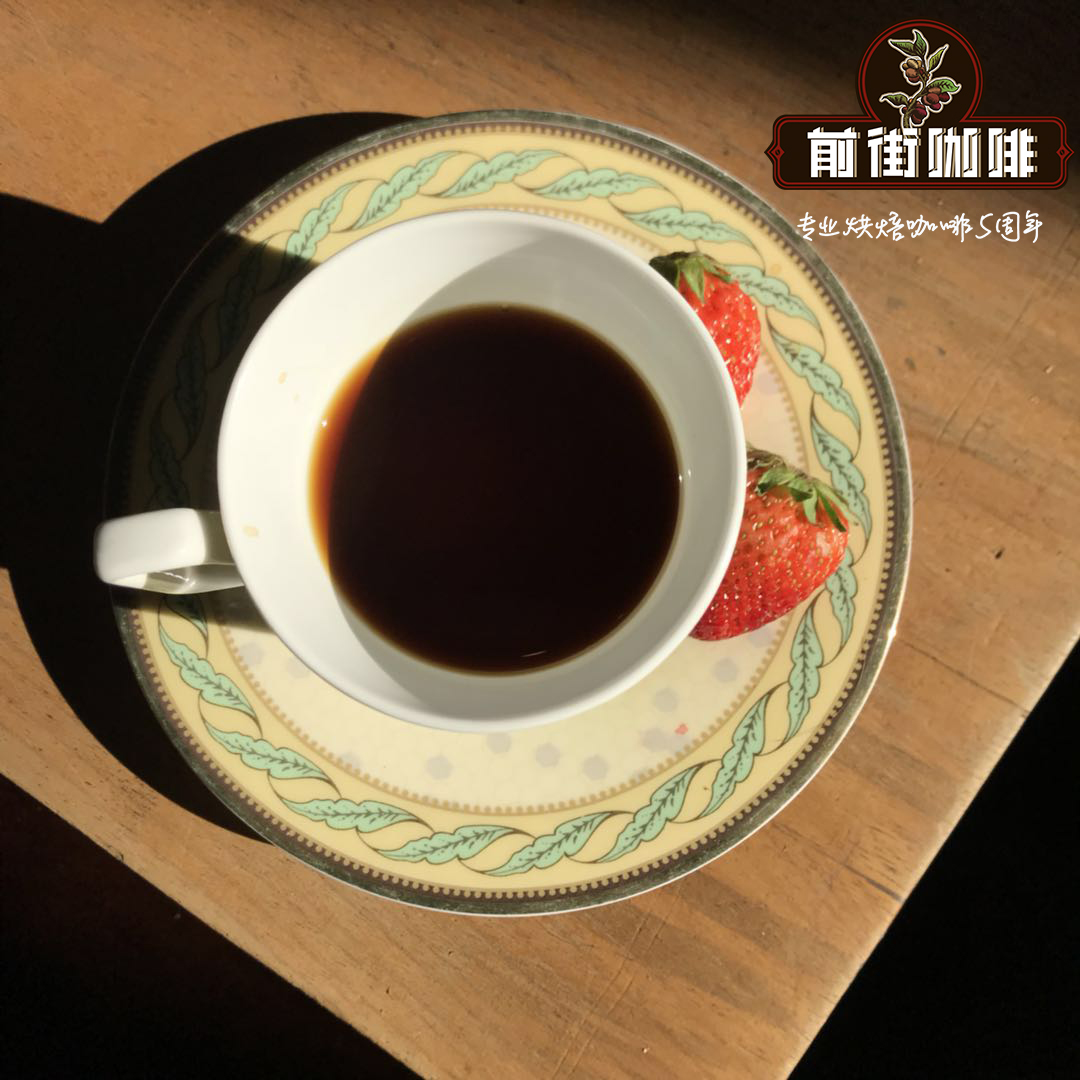
Professional coffee knowledge exchange More coffee bean information Please pay attention to coffee workshop (Weixin Official Accounts cafe_style)
To say coffee beans in the world of "Tyrannosaurus rex", I believe that whether it is the front street or coffee friends will agree that it is Pakamara! This bean is cultivated from elephant beans and pacas. The flavor characteristics of this variety can be clearly displayed in the Guatemala Pacamara on the front street. The flavor is complex and intense, with citrus and cranberry juice, elegant and fresh acidity, and then creamy sweetness and body. Without further ado, enter today's coffee knowledge sharing and brewing tutorial immediately!
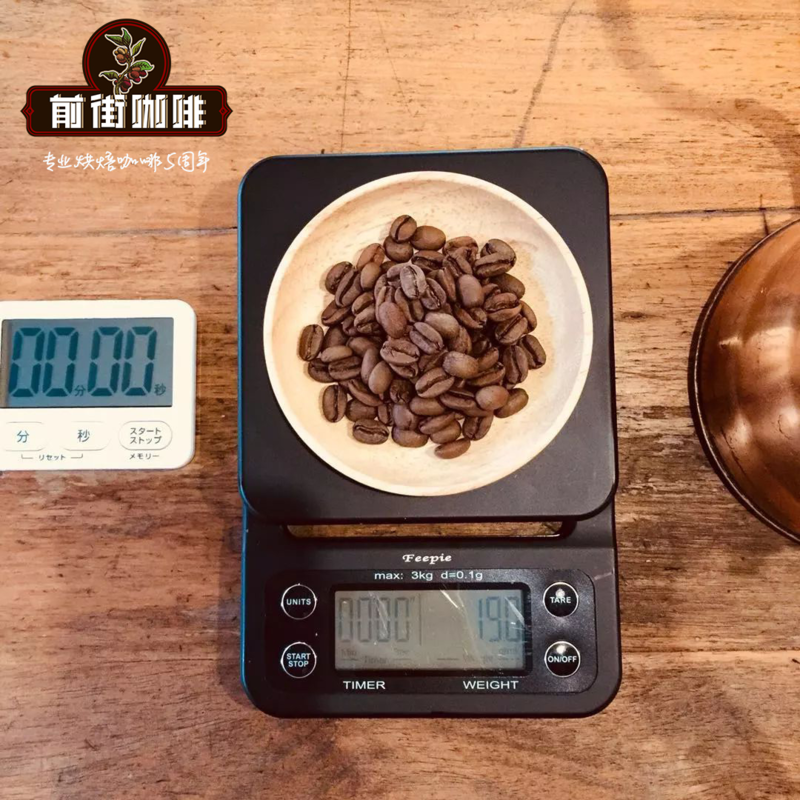
Pacas family coffee growing history
Pacamara was developed by the Pacas family, which has a deep history with coffee, growing coffee since the 19th century, the family first planted by Jose Rosa Pacas, who bought land and planted bourbon coffee trees in the Apaneca Lamatepec Mountains of El Salvador, starting the family coffee industry. Now, the fifth generation of the Pacas family is still in operation and continues to grow its business. The Pacas family owns a coffee business from seed to cup (coffee farm, processing plant, export company roasting plant, barista training center and coffee shop). The coffee they produce is the best coffee in El Salvador and is exported to all parts of the world. The pakamala mentioned in this article is a hybrid from pakas.
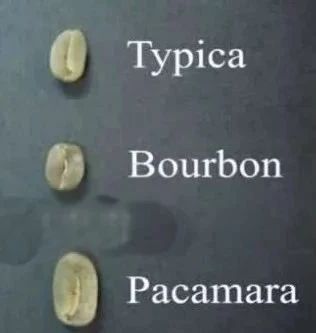
How was this species discovered?
The Pacas variety was discovered by Salvador Alberto Pacas in 1956, and then transplanted to Pacas 'San Rafael farm, where he found that this variety was completely different from other varieties.
So how did Pakamala grow?
Developed in 1958 by Salvadoran coffee research institute ISIC, the Pacas are a hybrid of two varieties, Pacas and Maragogipe. Pacas is a natural variant of this variety from Bourbon, and there are scientists studying this variety at the University of Florida. Pacas are shorter trees and have narrower nodes, and as a result develop dense foliage that helps to withstand harsh weather conditions such as strong winds, sunlight, and heavy rain. Not only that, but it also has strong disease resistance, is suitable for many growing conditions, and high yield.
Elephant bean is a natural variety of iron pica, elephant bean coffee tree is very tall, the fruit seed is very large, although the yield is not high, but the flavor performance is very good. The idea of Pakamala hybrid is to combine the advantages of the two varieties mentioned above and take the first half of the English names of Pakas and Elephant Beans. The Pakamala variety took about 30 years of scientific research to develop and was not available to farmers until the late 1980s.
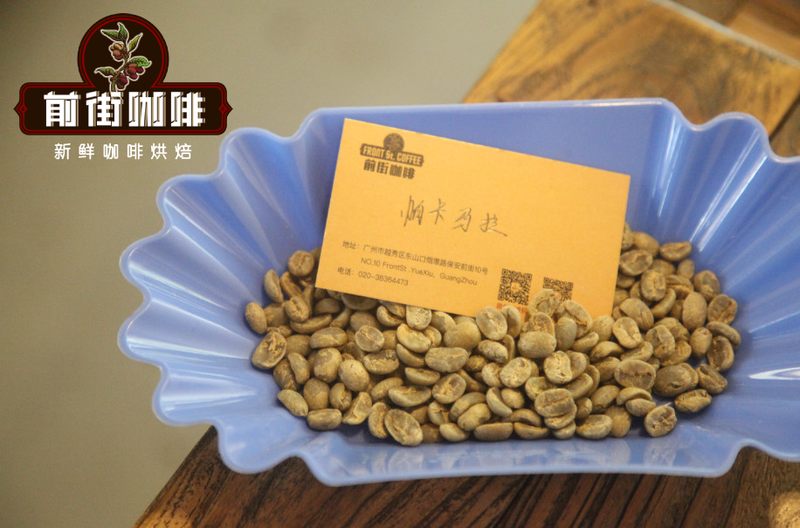
Take the Guatemala blueberry plantation of the former Street Coffee as an example
Guatemala El Morito
Guatemala Blueberry Estate
Country: Guatemala
Production area: New Oriental
Altitude: 1550-1800M
Treatment method: sun treatment
Grade: SHB
Breed: Pakamala
Front Street Coffee Brewing Tutorial
【Hario V60】
Let's start with the most commonly used Hario V60 to make a pot! The ribs of V60 filter cup are distributed in a curved shape from top to bottom, and the length is different. When brewing, the exhaust is smoother and the flow rate is faster. Therefore, Xiaobian will use it with segmented extraction when brewing with V60 filter cup. To slow down the flow rate of water, and to improve the extraction rate, to a certain extent, it can reduce the extraction shortage caused by fast flow rate.
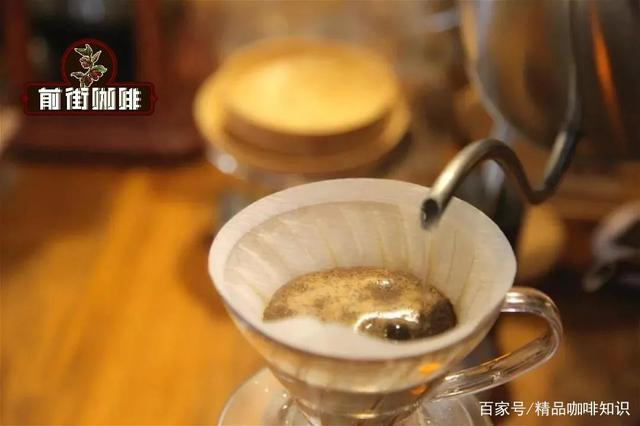
Parameters: grinding degree BG 5R (Chinese standard 20 sieve pass rate 80%), water temperature 90℃, powder water ratio 1:15
Brewing method of Qianjie coffee: steam with 27g water for 30 seconds, fill water to 128g, and continue to fill water to 227g when the water level drops to expose the powder bed. Remove the filter cup when the water level drops to expose the powder bed.(Start steaming) Extraction time is 1 minute and 50 seconds.
Flavor: It smells fresh and sour fruit, with sour notes of green grapes, lemon and grapefruit in the entrance, nutty and biscuit aromas emerging in the middle, green tea in the end, macadamia fruit and cream in the back, rich in flavor layers.
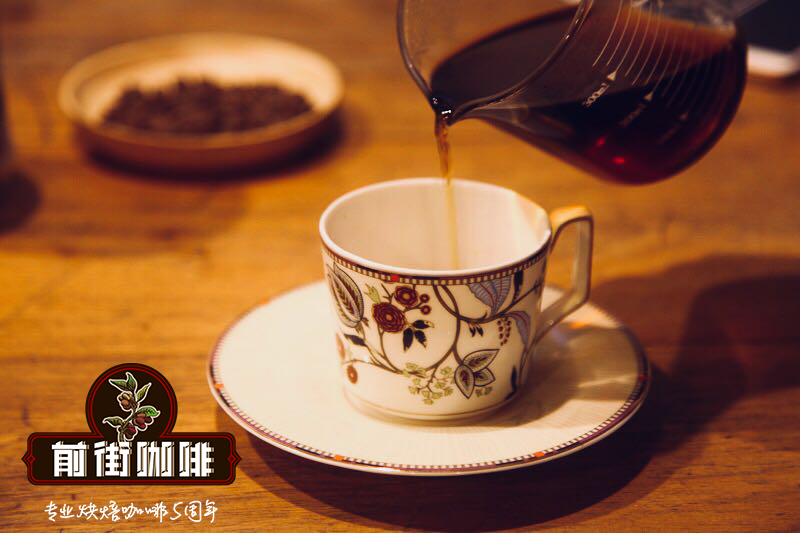
END
Important Notice :
前街咖啡 FrontStreet Coffee has moved to new addredd:
FrontStreet Coffee Address: 315,Donghua East Road,GuangZhou
Tel:020 38364473
- Prev
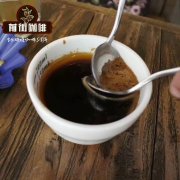
Brazilian washed red bourbon Costa Rica var. bourbon Kaddura species
Professional Coffee knowledge Exchange more information on coffee beans Please follow the Coffee Workshop (official Wechat account cafe_style) due to the low yield and susceptibility to disease of the Tibica seed introduced to Brazil in 1727, the bourbon seed was introduced to Brazil around 1860 via Campinas in the south, and rapidly expanded northward to other parts of South and Central America. In today's Latin America, bourbon
- Next
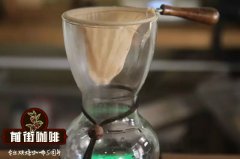
Colombia Las Cochas Las Cadges Farm introduces Colombian Coffee varieties
Professional coffee knowledge exchange more coffee bean information please pay attention to the coffee workshop (Wechat official account cafe_style) Colombia is the world's second largest coffee exporter, mainly produces Arabica coffee, and mainly washing treatment, excellent flavor quality, balanced, located in the northwest corner of South America, is the seaport of the Pacific and Atlantic Ocean, from south to north by the Andes Mountains
Related
- Does Rose Summer choose Blue, Green or Red? Detailed explanation of Rose Summer Coffee plots and Classification in Panamanian Jade Manor
- What is the difference between the origin, producing area, processing plant, cooperative and manor of coffee beans?
- How fine does the espresso powder fit? how to grind the espresso?
- Sca coffee roasting degree color card coffee roasting degree 8 roasting color values what do you mean?
- The practice of lattes: how to make lattes at home
- Introduction to Indonesian Fine Coffee beans-- Java Coffee producing area of Indonesian Arabica Coffee
- How much will the flavor of light and medium roasted rose summer be expressed? What baking level is rose summer suitable for?
- Introduction to the characteristics of washing, sun-drying or wet-planing coffee commonly used in Mantenin, Indonesia
- Price characteristics of Arabica Coffee Bean Starbucks introduction to Manning Coffee Bean Taste producing area Variety Manor
- What is the authentic Yega flavor? What are the flavor characteristics of the really excellent Yejasuffi coffee beans?

